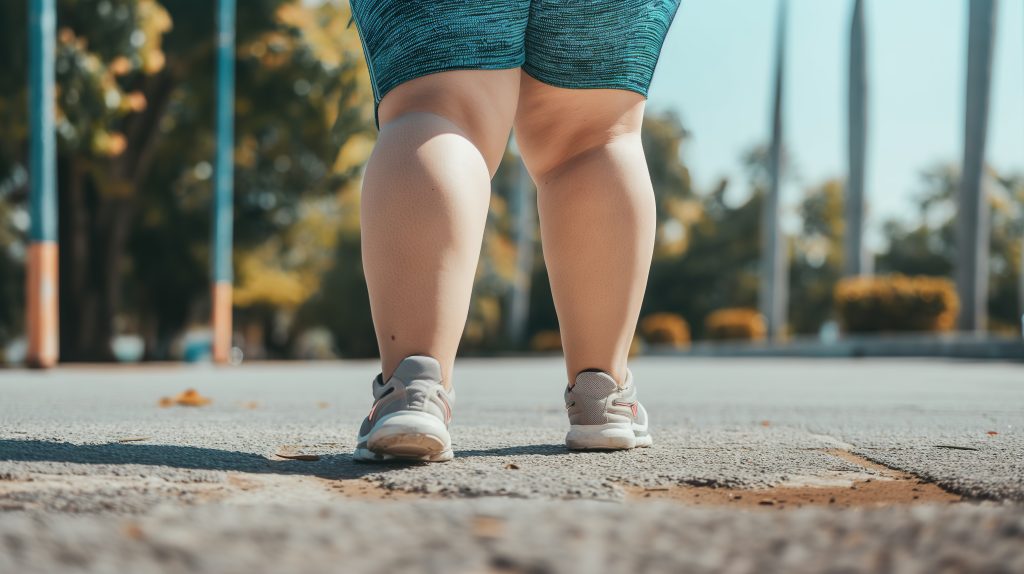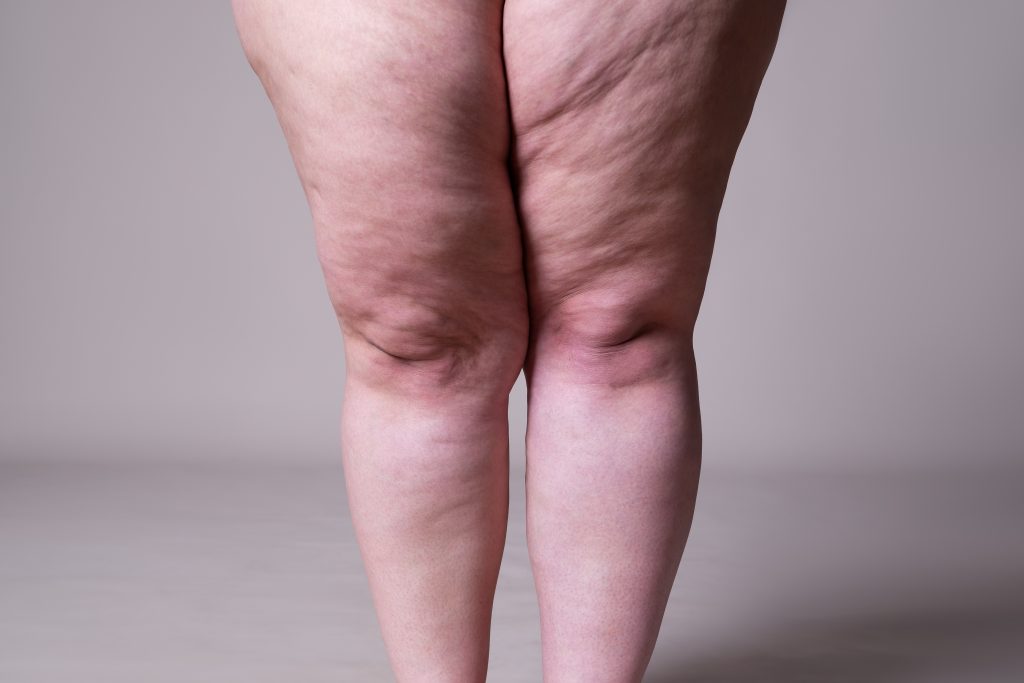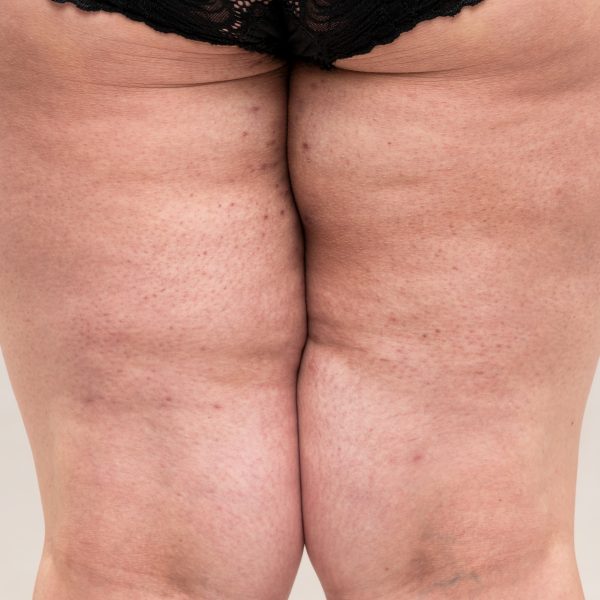Getting a lipedema diagnosis can bring up all kinds of emotions- relief, confusion, and sometimes even fear or embarrassment about sharing the news with others. You might be wondering, “How do I even begin to explain this to my friends and family?”. You’re not alone.
Because lipedema is still widely misunderstood, these conversations can feel daunting. But here’s the good news: talking about lipedema is one of the most powerful ways to raise awareness and to build the support system you deserve. The more your loved ones understand, the more they can stand alongside you in this journey.
So, grab a comfy seat, take a deep breath, and let’s walk through some practical strategies to make these conversations a little easier and a lot more empowering.
Start with the basics 📚
Most people have never heard the word “lipedema,” so starting simple is best. Think of it as giving them a clear foundation to build on. You could say something like:
“Lipedema is a chronic condition where fat builds up in certain areas of my body – usually my legs, hips, and arms. It’s painful, it causes swelling and bruising, and it isn’t something that diet or exercise can fix.”
That short explanation already helps dispel one of the biggest misconceptions- that lipedema is just regular weight gain. If you want to go a step further, you might also mention that lipedema affects an estimated 11% of women worldwide but is still largely underdiagnosed. That piece of information often helps family realize why they’ve never heard of it before, and that it’s a lot more common than they may realize!

Share how lipedema it affects you 💬
Facts matter, but what really clicks for most people is hearing how the condition impacts your life personally. You don’t have to share every detail, but giving a glimpse of your day-to-day reality can be eye-opening.
For example, you might say:
- “By the end of the day, my legs feel so heavy and sore that even standing in the kitchen is hard.”
- “I bruise really easily, and sometimes the pain feels way out of proportion to what you see on the outside.”
- “Shopping for clothes is stressful because my upper and lower body are so different in size.”
Sharing your lived experience makes it easier for others to connect and empathize. It also helps them understand that lipedema isn’t just cosmetic- it’s a real medical condition that impacts daily life.
Set clear boundaries 🚧
Sometimes, well-meaning friends and family may offer advice that misses the mark. You might hear things like, “Have you tried cutting carbs?” or “Maybe a new workout program would help.” While it can be frustrating, remember they probably don’t know better.
It’s okay to gently redirect by saying something like: “I know you want to help, but diets and exercise can’t fix lipedema. What would help me most is encouragement and understanding.”
This not only sets a healthy boundary but also gives them a clear way to actually support you. It turns an awkward moment into a teaching moment.
Use resources to take the pressure off 🌐
You don’t have to be the sole educator here. Sharing outside resources takes some weight off your shoulders and gives your loved ones something concrete to explore on their own.
Some of my favorite options:
- The Lipedema Foundation brochure – a simple, shareable handout that’s also great to share with your healthcare team.
- The Clinician’s Guide – a great resource if you want your providers to get up to speed quickly.
- Patient stories on lipedema-focused websites or social media accounts. Sometimes hearing from multiple voices helps it sink in.
These resources were created for broad sharing, which makes them perfect for friends, family, or providers.

Spark conversations through visibility ✨
Not every conversation has to start with a sit-down talk. Sometimes the easiest way to raise awareness is visually. Wearing lipedema awareness apparel can spark questions like, “What’s that shirt about?” and give you a natural opening to share.
Resharing posts on social media from advocacy accounts can also open up the dialogue with those in your circle. You never know- it may even be a lightbulb moment for another woman in your life who has been silently struggling as well!
Think of these tools as conversation starters- they make it easier for you to advocate without having to always be “on.”
Remember: lipedema is a journey 💜
These conversations don’t have to be perfect. Some people may need time to understand, and that’s okay. Every conversation you have plants a seed- and over time, those seeds can grow into greater understanding, advocacy, and change. Celebrate the small wins- even one supportive friend or family member can make a world of difference.
If you want a little extra visibility, check out my advocacy apparel. Each piece is designed to spark conversations and shine a light on this condition. Together, we can make lipedema impossible to ignore.
And if you’re still looking for help with getting a diagnosis or want more support in navigating your care, you can book an appointment with me here. You don’t have to figure this out alone- I’m here to walk with you every step of the way.



Leave a Comment